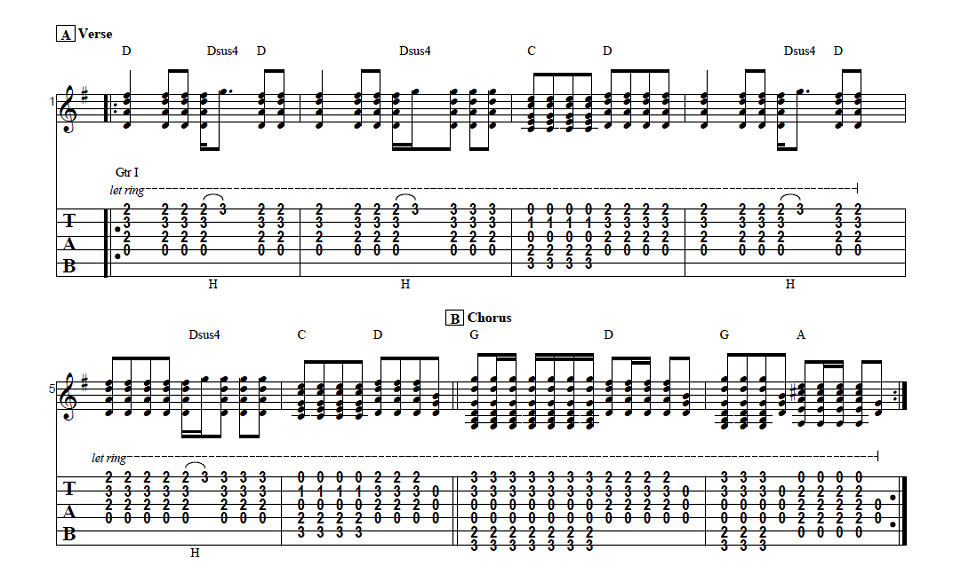Hey Guys!
In this guitar lesson, Jon MacLennan will teach you a few basic chords which are some of the most commonly used tones in popular music.
So if you are a beginner, I suggest that you start learning these chords.
Watch the video and please like us and comment on youtube
Also do me a favor and subscribe to our Youtube channel
Hey, what’s going on, everybody?
My name is John McClennan and I’m
here today with guitarcontrol.com,
bringing you this video blog. And
today I want to talk about one of
the most common chord progressions
in popular music. We’ve all heard
it a ton of times and it’s something
that you’re going to want to know
how to play and have some chord
voicings for navigating.
So we’re looking at this in the key of G
and it would go like this. It would start
on a G chord, which would be 3rd fret,
2nd fret, open, open, 3rd fret, 3rd fret,
so your G. And then you move up to a D chord
which would be 2nd fret, 3rd fret, 2nd fret.
E minor, which would be 2nd fret, 2nd fret.
And then C, which would be 3rd, 2nd and 1st.
So those are your chord shapes. And what
you’re going to want to do is just start
getting familiar moving between them.
So maybe start with whole notes like this.
Strum them once and count to four. One, two,
three, four; one, two, three, four; one, two,
three, four; one, two, three, four.
One of the things I always look for when I’m
changing chords is commonality between those
chords. So for instance, when I go from a
G chord to a D chord, my third finger,
this note, D, is in both of those chords.
If you don’t have to move — a lot of people
do this. They play one chord. Okay, what’s next?
D. Okay, let me start over. And basically they
take their hands off the instrument and the
point is that’s like starting from the beginning again.
Here it’s like you just get that smooth
transition if you don’t have to move.
Don’t make it harder on yourself.
It also makes you sound more legato,
which means smooth and connected as you
transfer or move through chord progression.
Again, after you get the basic whole notes:
one, two, three, four; one, two, three, four;
tap your foot, too. One, two, three, four.
Then you can try some other strumming patterns.
Maybe try quarter notes like this, which would
be with every foot tap.
So pop chord progressions 101.
Thanks so much for watching and
we’ll see you in the next video.



